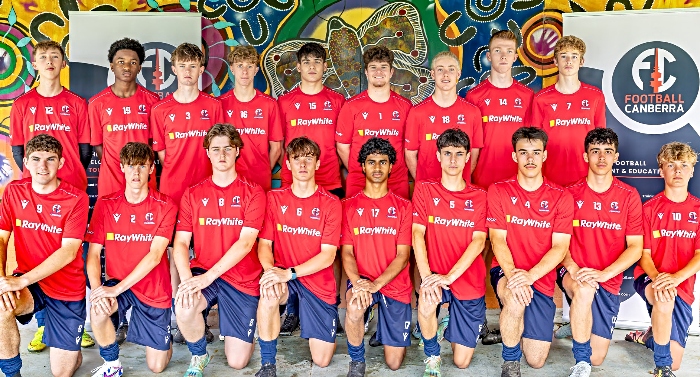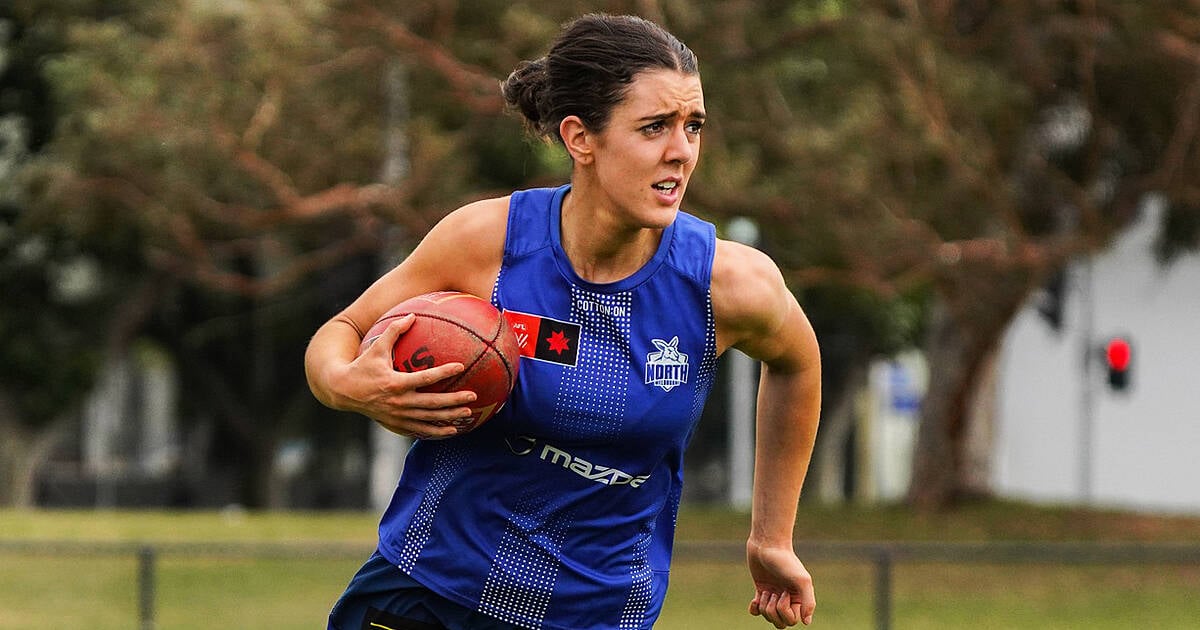‘Just don’t yet have the support’: A-Leagues need backing on all levels to survive

- by Admin
- July 23, 2024

Following a tough year that has seen staff redundancies and club fundings slashed, a prominent industry figure says the A-Leagues need support on all levels to stay afloat.
In January this year, almost half of the football league’s staff were axed, with the Australian Professional Leagues chairman, Stephen Conroy, telling SMH earlier this month that club distributions for the upcoming season have been cut to $530,000 due to an “overly ambitious” strategy.
That figure has dropped by almost $1.5 million last season and $3 million six years ago.
In the same interview, Conroy said the men and women’s competition would not have survived if they did not move away from its spending strategy, which included a $140 million investment from private equity company Silver Lake.
ADVERTISEMENT
The A-Leagues will surge ahead this season however, with confirmation that the 2024/25 season for both the men and women’s competitions will kick off on October 18 and November 13, respectively, which can be watched on Paramount.
Speaking to Mumbrella, Clive Dickens, Optus Sport’s vice president of TV, content, and product development, said the A-Leagues need more help to truly thrive in Australia.
Central Coast Mariners won the 23/24 grand final. Screenshot via YouTube
“At a club football level here in Australia, we just don’t yet have the support,” he said.
“The A-League women’s and the A-League men’s are not necessarily getting the attendances that they deserve. It’s easy to think about Matildas and Socceroos and tournaments and Premier League, but actually that Australian club level, it’s important that we all are members and we turn up.”
Despite this, following the 23/24 season, the APL has claimed that the competitions have seen three years of continued growth, reporting TV audiences up 53% on Paramount+, 33% on 10 Play and 16% on Network 10, memberships up 31% from the previous season, and a 7% year-on-year increase on crowds.
“The A-Leagues is a proven pathway for great young talent and our ongoing growth is crucial for the future of our national teams,” an APL spokesperson told Mumbrella.
“As we continue our growth trajectory, more support from government and commercial partners will help propel the game – which is the most participated sport in the country – even further.”

Shea Connors of Sydney FC celebrates A-League Women Grand Final win. Photo by Robert Cianflone/Getty Images
The APL also noted a record year for outbound transfers (79% up on last season) in the men’s competition.
While this no doubt highlights the skill of Australian players, Dickens noted the recent success of the 2024 EUROs tournament as an example, saying that the powerhouse football nations are built up at a club level.
“The fact that 11 of our Matildas are choosing to play in England is great for English club football, but how can we over the next five to 10 years build a club football culture that means that the 10 best Australians don’t want to go and play in England [and] want to play for Sydney FC or they want to play for Melbourne Victory or the Central Coast Mariners?

Sydney FC celebrating Australia Cup victory
“I think there’s a lot more work to be done at a club football level to make this sustainable over a multi-decade perspective.
“I remind people that that every single league club in the UK – Premier League, Championship League One and League Two – have existed for longer than any living human on earth. These clubs have been born out of 1840, 1860, 1870. It takes a long time.
“We haven’t got that much time here in Australia, but the point is that it is a very long game and that’s why sustainability around advertising, membership, attendance, broadcast and federal and state government levels is all about that ecosystem.
“I’m very optimistic having been a football fan for more decades than I care to mention, but I do understand that more investment is often needed.”
It’s no secret that national football is thriving both for the Socceroos and the Matildas, and even international club level football is enormous in Australia (a friendly game played between EPL giants Tottenham and Newcastle pulled nearly 80,000 fans at Melbourne Cricket Ground this past May), but it’s fair to say that the A-Leagues currently aren’t competing with other local sporting codes like the NRL and AFL.

Clive Dickens
For that to happen, Dickens believes support is needed across the board – government, media, advertisers and fans.
“There’s no silver bullet here, but we do need to understand – a thriving football ecosystem is partially dependent on a sustainable club system,” he said.
“There’s investment that can come in from membership and attendance and media rights and sponsors, but many of our other sports that have been successfully entertaining Australians for over a hundred years, like the AFL, are also over 100 years old. They would have benefited over those many years from state and federal resources.
“I don’t know the numbers, but my instinct tells me that Australian football has not had the level of support at state and federal government level that other top sports have had. And I think we need to look at that really carefully over the coming years.”
Subscribe to the daily newsletter
The Latest News
-
December 27, 2024Australian Flying Foxes And Lorikeets Mysteriously ‘Fall From The Sky’: Here’s Why
-
December 27, 2024‘Extremely lucky’: Waugh takes aim over Kohli sanction
-
December 27, 2024Moore Park advocates say consultancy fee nearing $1 million is a double-bogey – Australian Golf Digest
-
December 26, 2024Australia v India: fourth men’s cricket Test, day two – live
-
December 26, 2024Live: ASX to rise as Wall Street ends flat, gold jumps on demand






